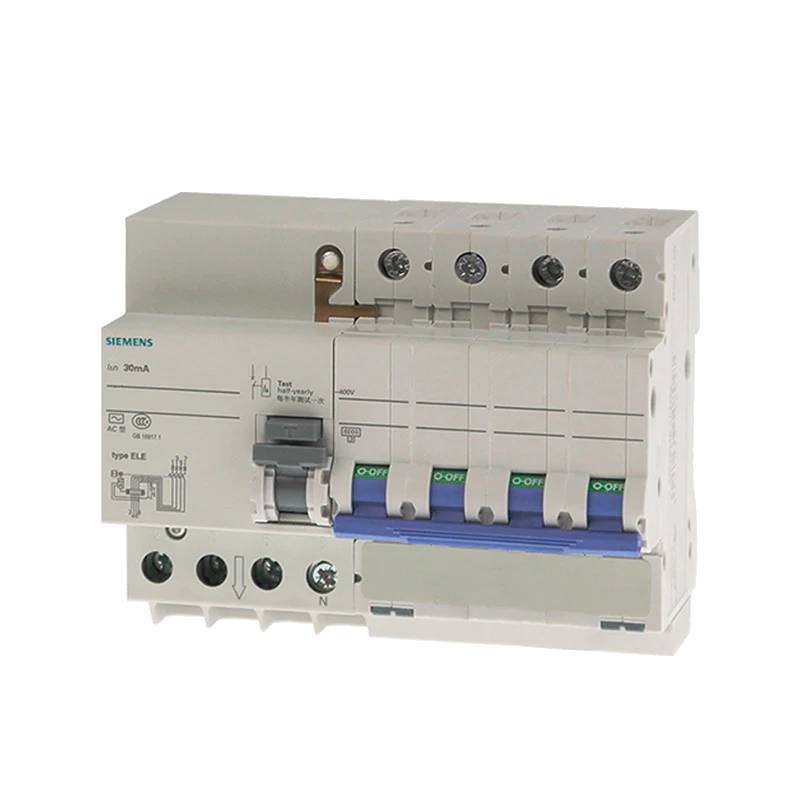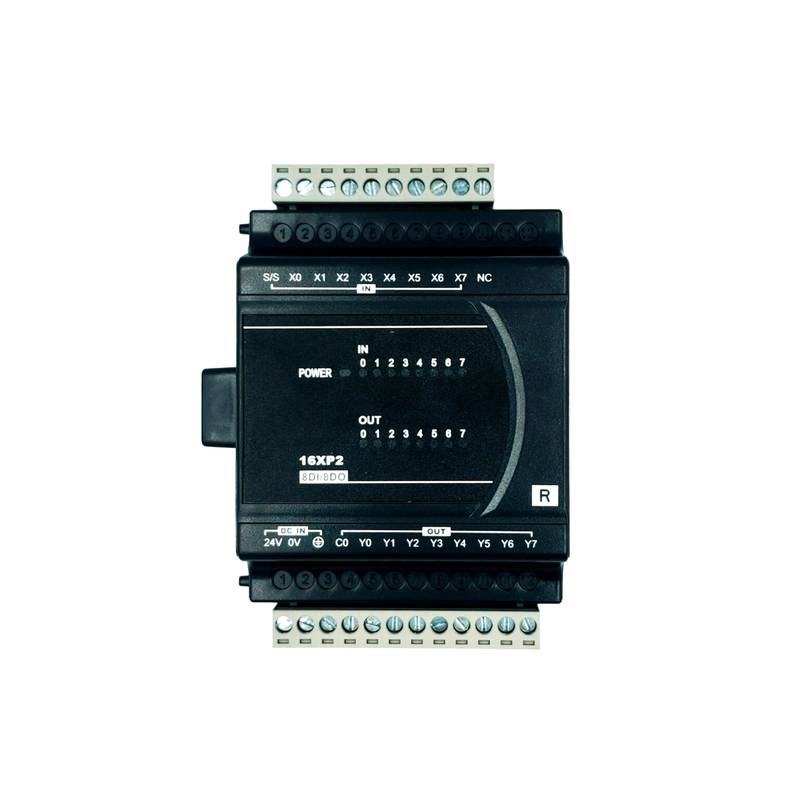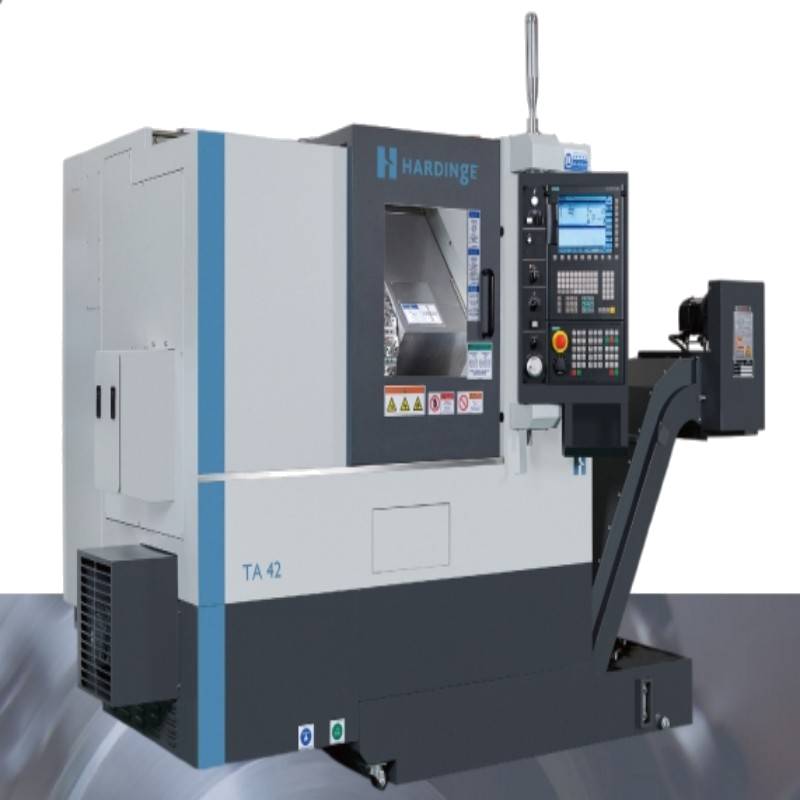
The Siemens 5SU9336-1CN25 is a high-performance Protection Circuit Breaker RCBO, engineered for superior electrical safety and reliability in demanding industrial environments. This 3-pole, 25A, 30mA residual current device with overcurrent protection offers advanced tripping characteristics and robust construction, ensuring seamless integration into complex power distribution systems. Its core advantages lie in its dual-functionality, providing both overcurrent and earth leakage protection in a single, compact unit, thereby reducing installation space and complexity. Key technical parameters include a rated voltage of 400V AC, a breaking capacity of 6kA, and a Type C tripping curve, suitable for applications with moderate inrush currents.
Product Specifications
| Feature | Specification |
| :------------------- | :--------------------------- |
| Product Type | RCBO (Residual Current Circuit Breaker with Overcurrent Protection) |
| Siemens Model Number | 5SU9336-1CN25 |
| Number of Poles | 3P |
| Rated Current (In) | 25A |
| Rated Residual Current | 30mA |
| Rated Voltage (Un) | 400V AC |
| Breaking Capacity (Icn)| 6kA |
| Tripping Curve | Type C |
| Frequency | 50/60 Hz |
| IP Protection Rating | IP20 |
| Terminal Type | Screw Terminals |
| Mounting Type | DIN Rail (35mm) |
Core Features & Market Positioning
The Siemens 5SU9336-1CN25 RCBO distinguishes itself through its compact design and integrated protection capabilities. By combining residual current detection and overcurrent protection, it significantly simplifies panel building and reduces the need for separate devices, leading to cost savings and improved space utilization. The Type C tripping curve is specifically designed to handle inductive loads with moderate inrush currents, making it ideal for motor control circuits and other applications where nuisance tripping due to transient surges must be minimized. Its high breaking capacity of 6kA ensures safe interruption of fault currents, providing a critical layer of safety for personnel and equipment. This RCBO is positioned as a premium solution for reliable and efficient power protection in commercial and industrial settings where stringent safety standards and operational continuity are paramount.
Key Application Scenarios
This Siemens RCBO finds extensive application in industrial power distribution panels, machine control systems, and commercial building electrical installations. It is particularly well-suited for protecting circuits supplying equipment with moderate inductive loads, such as small motors, transformers, and lighting systems. In manufacturing environments, the 5SU9336-1CN25 safeguards machinery from both overload and short-circuit conditions, as well as providing essential protection against dangerous earth faults, preventing electric shock hazards. Its 30mA sensitivity makes it effective for personal protection against indirect contact. Typical scenarios include protecting circuits in assembly lines, pump stations, HVAC systems, and any application requiring robust and reliable residual current and overcurrent protection.
Practical System Integration Guidance
Integrating the Siemens 5SU9336-1CN25 RCBO into existing or new electrical systems is straightforward due to its standard DIN rail mounting and clearly marked terminals. Ensure that the incoming power supply is de-energized before commencing any wiring. Connect the line conductors to the top terminals (L1, L2, L3) and the neutral conductor to the designated neutral terminal, observing correct phase rotation and neutral continuity. The load conductors should then be connected to the corresponding bottom terminals. The earth connection should be made to the main earthing system through a separate protective earth conductor. Verify that the rated voltage and current of the RCBO are appropriate for the circuit being protected and that the ambient temperature is within the specified operating limits. Proper torque should be applied to the screw terminals to ensure secure connections and prevent overheating.
Operation and Risk Mitigation
The Siemens 5SU9336-1CN25 operates by continuously monitoring the current flowing through the live and neutral conductors. If an imbalance, indicative of a fault current to earth exceeding 30mA, is detected, the RCBO rapidly trips, interrupting the circuit and preventing electric shock. Similarly, if the current exceeds the rated 25A due to an overload or short circuit (within its 6kA breaking capacity), the device will trip according to its Type C characteristic. Regular testing of the residual current function is crucial for maintaining safety. Most RCBOs feature a "Test" button; pressing this button should simulate a fault current and cause the RCBO to trip. If it does not trip, the device may be faulty and requires replacement. Risk mitigation is achieved through the inherent protection against electric shock, fire hazards caused by overcurrents, and damage to connected equipment.
Scalability & Long-Term Value
The Siemens 5SU9336-1CN25 RCBO offers excellent long-term value through its compatibility with the broader Siemens industrial automation portfolio and its robust construction, designed for longevity. As power distribution needs evolve, this device integrates seamlessly into existing switchboard architectures. While direct upgrade paths for RCBOs are not typical, the reliability and adherence to international standards ensure that this unit will remain a compliant and effective protection component for many years. For enhanced system integration with digital solutions or IIoT platforms, consider pairing this RCBO with compatible Siemens monitoring and control devices that can provide remote status indication and diagnostic data, enhancing predictive maintenance capabilities and overall operational efficiency.
Frequently Asked Questions (FAQs)
1. What is the primary function of the Siemens 5SU9336-1CN25 RCBO?
The Siemens 5SU9336-1CN25 RCBO provides dual protection against electrical hazards. It detects residual currents to prevent electric shock and trips on overcurrents (overloads and short circuits).
It is a critical safety device for personnel and equipment in industrial and commercial power systems. This specific model offers 25A rated current and 30mA residual current sensitivity.
The unit combines two protective functions in one compact device, simplifying installation and saving panel space.
2. How does the Type C tripping curve affect its application?
A Type C tripping curve indicates that the RCBO will trip when the current reaches 5 to 10 times the rated current. This characteristic is suitable for circuits with moderate inrush currents.
It is commonly used for protecting inductive loads like motors, transformers, and lighting circuits that experience brief current surges upon startup. This curve helps prevent nuisance tripping in normal operating conditions.
Therefore, the Siemens 5SU9336-1CN25 is ideal for applications where equipment may have slightly higher startup currents without indicating a genuine fault.
3. Can this RCBO be used for personal protection against electric shock?
Yes, the 30mA residual current sensitivity is specifically designed for personal protection. This level of sensitivity is crucial for detecting dangerous earth leakage currents that could pass through a person.
When such a current flows, the RCBO trips very quickly, typically within milliseconds, disconnecting the power supply and preventing severe injury or electrocution. It acts as a vital safety measure in areas where water or conductive materials increase shock risk.
This makes the 5SU9336-1CN25 suitable for wet areas, kitchens, bathrooms, and general areas in industrial settings where direct contact with live parts is a concern.
4. What is the breaking capacity of the Siemens 5SU9336-1CN25?
The Siemens 5SU9336-1CN25 has a breaking capacity of 6kA. This means it can safely interrupt and make fault currents up to 6000 Amperes without sustaining damage.
A higher breaking capacity is essential for ensuring that the circuit breaker can effectively clear fault conditions in installations where high fault currents are possible. This protects the electrical system from damage during a short circuit.
The 6kA rating ensures reliable performance in typical industrial and commercial power distribution circuits, providing a robust level of protection.
5. How is the Siemens 5SU9336-1CN25 installed and wired?
Installation involves mounting the RCBO onto a standard 35mm DIN rail within an electrical enclosure or panel. Ensure the power supply is isolated before wiring.
Connect the incoming live conductors (L1, L2, L3) to the upper terminals and the neutral conductor to its designated terminal. Load conductors are then connected to the lower terminals.
Always ensure secure connections by tightening the screw terminals to the manufacturer's recommended torque. Proper earthing of the enclosure and system is also critical.
6. What maintenance is required for this RCBO?
Regular testing of the residual current protection function is essential. Most RCBOs have a built-in test button; this should be pressed periodically (e.g., monthly or quarterly) to verify proper operation.
If the test button fails to trip the breaker, it indicates a malfunction, and the device must be replaced immediately to ensure safety. Visual inspection for any signs of damage or overheating should also be performed.
Beyond functional testing, these devices are generally maintenance-free. However, ensuring clean and dry environmental conditions within the enclosure will contribute to their longevity.
7. What are the implications of a Type C tripping curve for motor circuits?
A Type C curve is beneficial for motor circuits because motors typically draw a significantly higher current for a short duration when they start up (inrush current). A Type B breaker would likely trip unnecessarily under these conditions.
The Type C curve allows for these temporary high currents without tripping, preventing nuisance shutdowns. However, it still provides protection against sustained overloads and short circuits once the motor is running.
For very large motors with extremely high inrush currents, a Type D curve might be considered, but Type C offers a good balance for many standard industrial motor applications.
8. What does "3P" signify in the product name?
"3P" stands for three-pole. This indicates that the RCBO is designed to protect and switch three separate live conductors simultaneously.
It is used in three-phase power systems, where power is supplied through three alternating current lines (typically L1, L2, and L3) and often a neutral. The 3P design ensures that all live phases are disconnected when a fault occurs.
This is common in industrial settings for powering three-phase machinery, motors, and larger electrical equipment.
9. What is the significance of the "25A" and "30mA" ratings?
The "25A" rating refers to the nominal current the circuit breaker can carry continuously under normal operating conditions without tripping due to overload. It defines the maximum load current the circuit can handle.
The "30mA" rating is the residual current sensitivity. This is the leakage current to earth that will cause the RCBO to trip. A 30mA trip level is considered safe for direct contact protection against electric shock.
Together, these ratings define the RCBO's capability: protecting a circuit up to 25 Amps from overcurrents while also providing essential safety against dangerous earth faults at 30 milliamps.
10. Is this RCBO compatible with older Siemens electrical systems?
Siemens generally maintains good backward compatibility for its modular circuit protection devices. The 5SU9336-1CN25 uses standard DIN rail mounting and terminal connections, which are widely adopted across many generations of switchgear.
As long as the existing system's busbar system and enclosure can accommodate a standard 3-module-wide RCBO, integration should be straightforward. Always verify physical dimensions and connection compatibility for certainty.
For complete assurance, consult the technical documentation for both the existing system and the RCBO, or contact Siemens technical support.
























